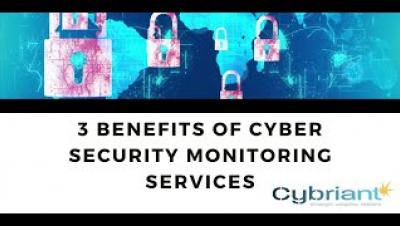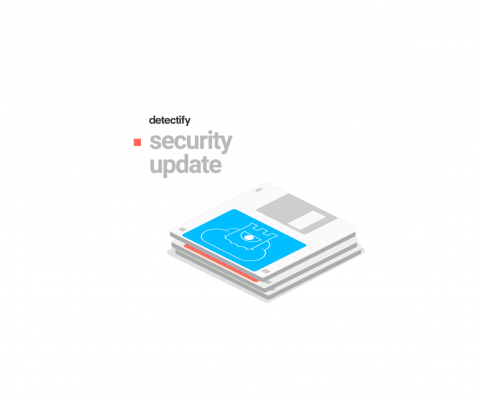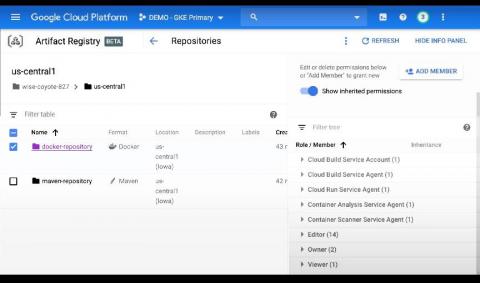Pharma on the hook: cyberattackers phishing for your secret formulas
It goes without saying that mobility has become the key to productivity for any modern business. This is especially true for the highly competitive pharmaceutical industry. To be the first to bring a ground-breaking treatment or vaccine to market, pharmaceutical organizations need their employees to stay productive whether they’re working on your organization’s premises or not.










